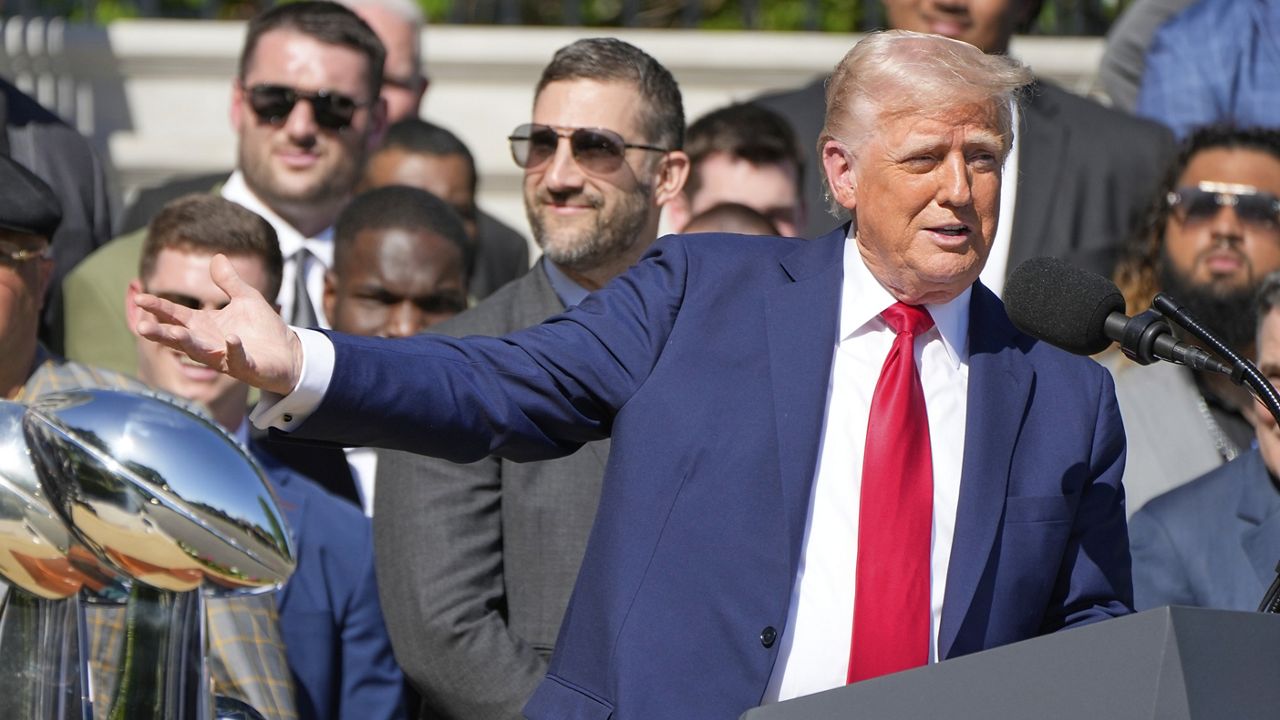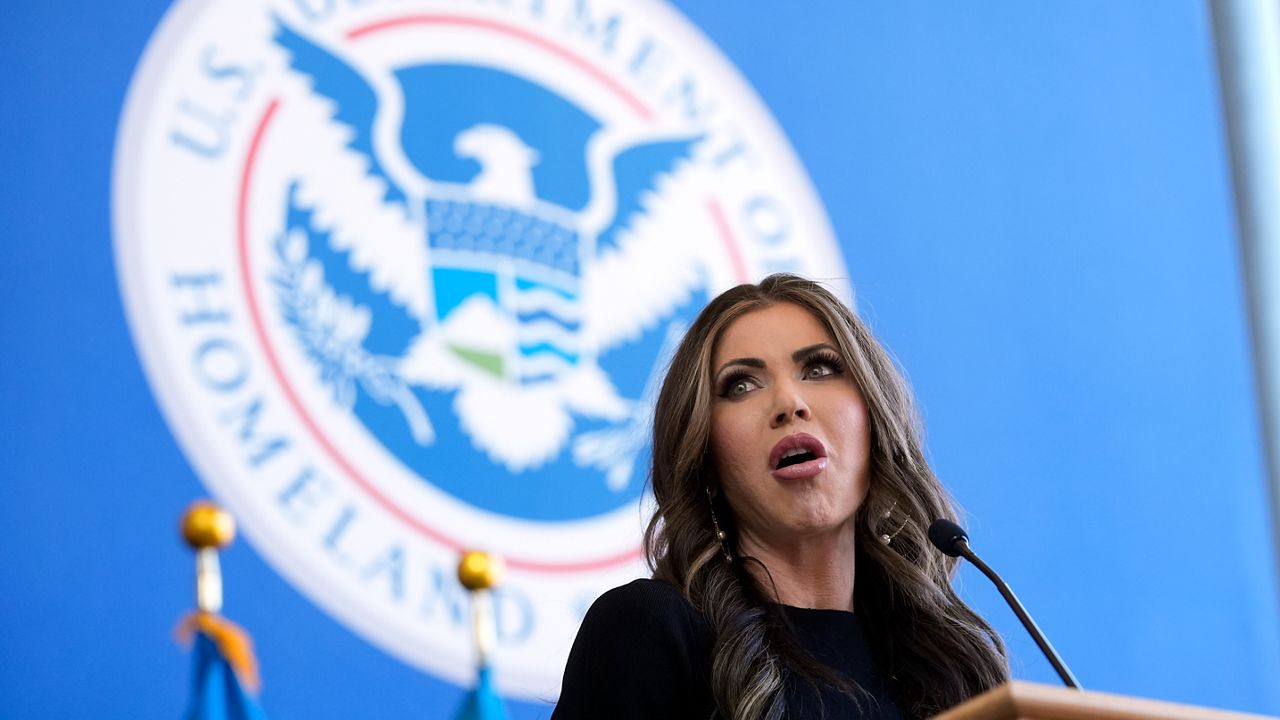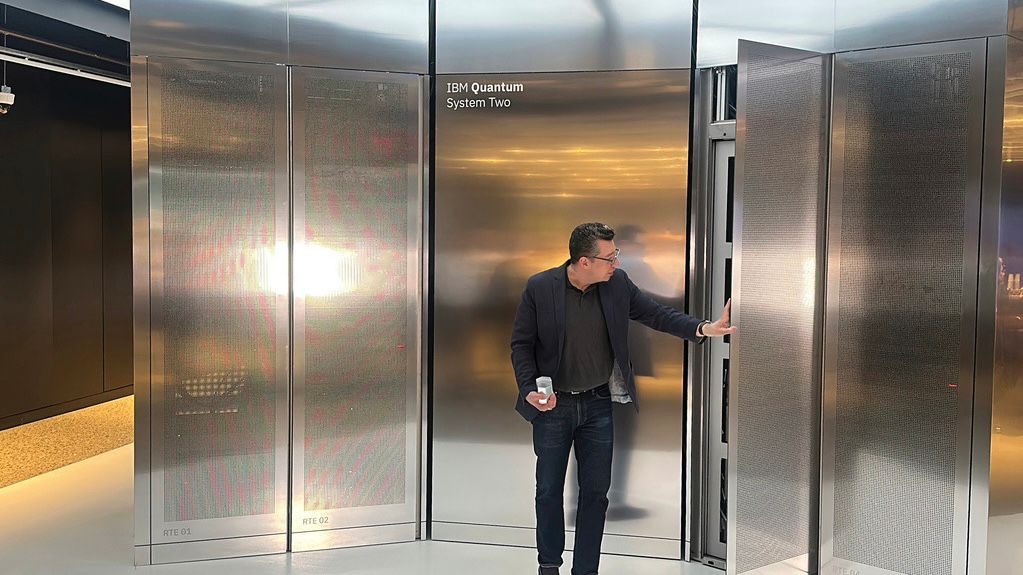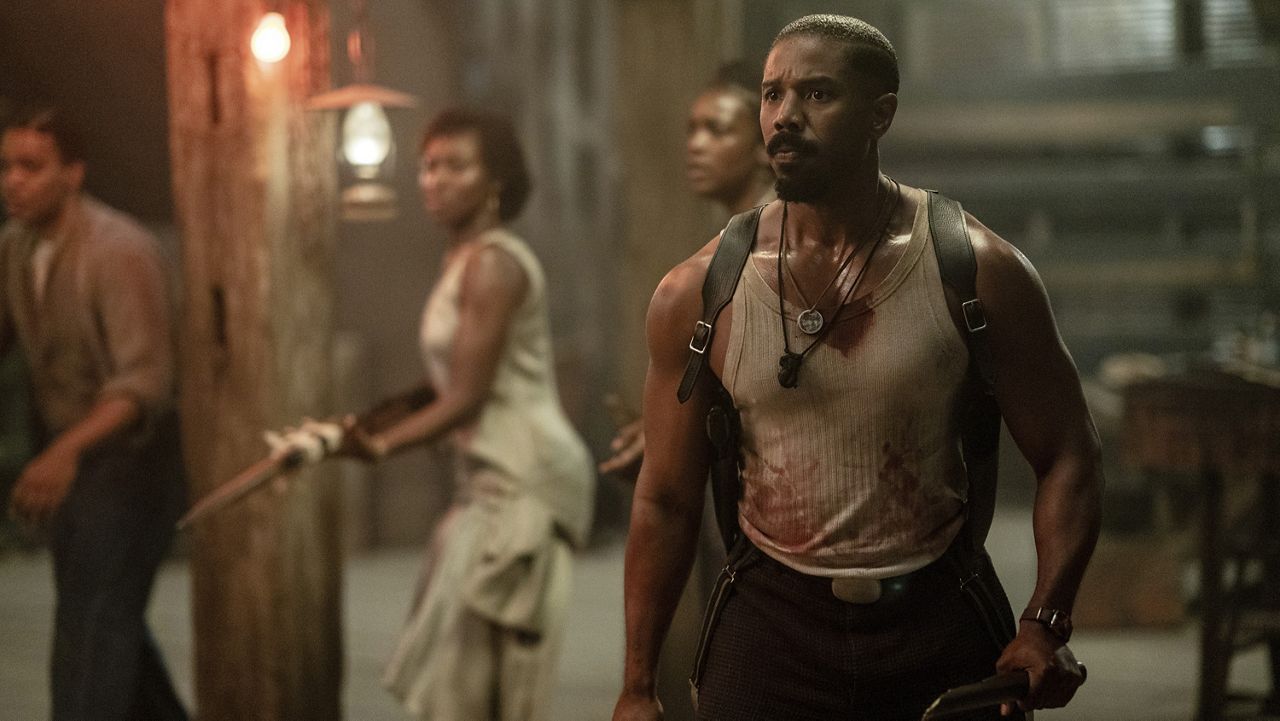WASHINGTON — Three-year-old panda bears Bao Li and Qing Bao made their official public debut Friday at the Smithsonian's National Zoo and Conservation Biology Institute to great fanfare from the Washington, D.C., community.
What You Need To Know
- Three-year-old panda bears Bao Li and Qing Bao made their official public debut Friday at the Smithsonian's National Zoo and Conservation Biology Institute to great fanfare from the Washington, D.C., community
- The panda pair arrived in the nation’s capital back in October and have spent the last few months getting acclimated to their new surroundings and with those tasked with their care
- Visitors Spectrum News spoke with came from both near and far to get a glimpse of the bears, who were very active during their first morning on exhibit
- The 10-year loan agreement means that Bao Li and Qing Bao will stay in Washington until at least 2034, with the stipulation that any cubs they birth will move to China by age 4
The panda pair arrived in the nation’s capital back in October and have spent the last few months getting acclimated to their new surroundings and with those tasked with their care.
Visitors Spectrum News spoke with came from both near and far to get a glimpse of the bears, who were very active during their first morning on exhibit.
“I grew up in the D.C. area, so I grew up with Ling-Ling and Hsing-Hsing, the first pandas that came here to the National Zoo,” said Quentin Dixon, who travel from Houston to see the pandas on the first day. “And I've just loved them ever since. I’m very excited to see them. They just — they warm my heart. They bring me joy.”
“Pandas are her favorite animal,” said Ellie Mueller, of Washington, who brought her niece Meredith. “She was so excited when she saw them in real life, because she has her panda books and her toys, and she's decked out in her panda outfit, so it's very exciting.”
The first pair of bears to reside at the Smithsonian, Ling-Ling and Hsing-Hsing, arrived in 1972 as a gift from China following a visit to the country by President Richard Nixon, and pandas have become synonymous with the zoo ever since.
Bao Li already has a strong connection to the nation’s capital: His mother, Bao Bao, was born at the National Zoo in 2013 and lived there for four years before moving to China, and his grandparents are Mei Xiang and Tian Tian, a pair of giant pandas who lived at the National Zoo from 2000 until they returned to China last year with their cub, Xiao Qi Ji, leaving Washington panda-less for the first time in decade.
Just a few months after their departure, then-first lady Jill Biden made the announcement — alongside Smithsonian Secretary Lonnie G. Bunch III and Brandie Smith, John and Adrienne Mars director of the Smithsonian's National Zoo and Conservation Biology Institute — that a pair of bears would return to the zoo.
“As Bao Li and Ching Bao begin their 10-year journey in D.C., I believe our new round of panda cooperation will yield even more fruitful outcomes, writing a new chapter in promoting harmony between man and nature,” said Chinese Ambassador to the United States Xie Feng ahead of the panda’s much anticipated debut. “Protecting pandas is protecting Mother Nature, and embracing pandas is embracing peace and friendship.”
The 10-year loan agreement means that Bao Li and Qing Bao will stay in Washington until at least 2034, with the stipulation that any cubs they birth will move to China by age 4.
The Smithsonian is the only zoo in the United States where you can see pandas for free, with both the San Diego and Atlanta zoos charging for entry, though timed tickets are required. You can also watch the panda camera live from 7 a.m. to 7 p.m. Eastern each day.











